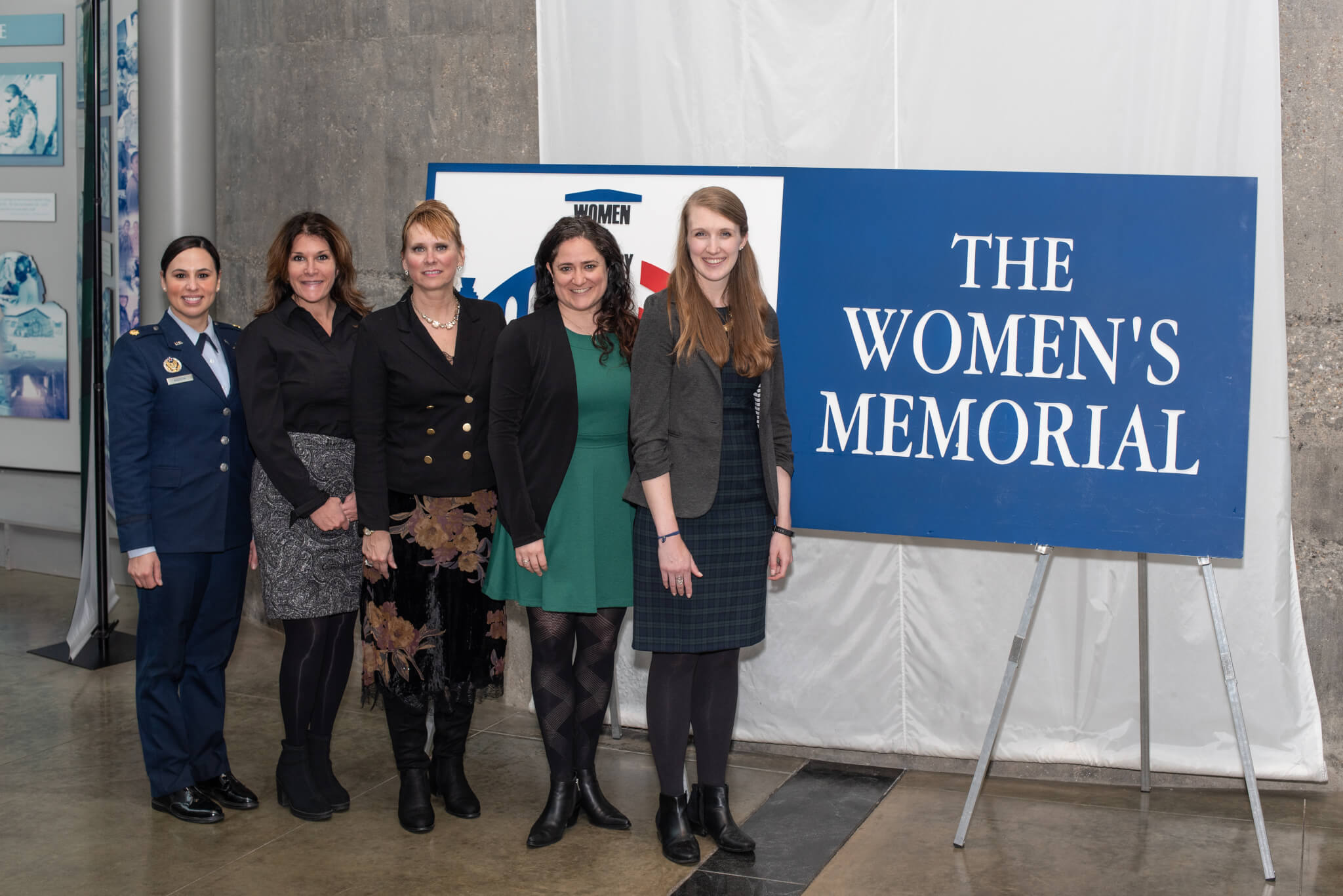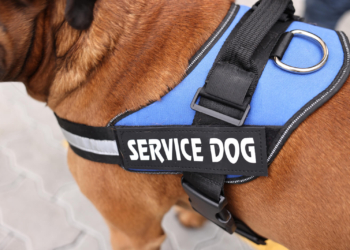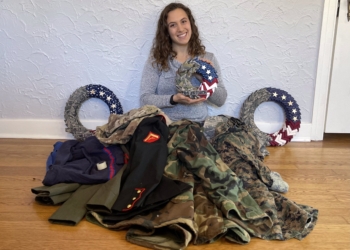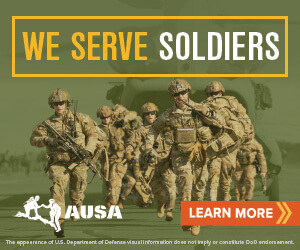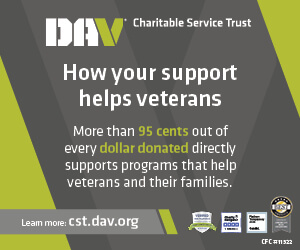A new partnership between the Department of Defense and Veterans Affairs focuses on the gender-specific needs of women veterans leaving the service.
Air Force Reserve Maj. Alea Nadeem spearheaded efforts to launch a pilot program addressing challenges attached to transitioning women veterans. Though her primary job is as an intelligence officer with a focus on the Middle East, she says it was a problem she couldn’t walk past as a woman.
“When I transitioned myself — you think it’s going to be the easiest thing in the world — you’re like ‘okay, I got this’ and it was probably one of the most difficult times of my life. You try to figure out your identity, like who am I. It was just a really difficult period, and so I started just researching transition difficulties and one thing that kept popping up was the VA research for women — and saying women do have a little bit more difficult time transitioning and sometimes they don’t get the resources they need,” she said.
She researched information related to the transition experience for women and found they were committing suicide at higher rates during that time period in their life. Nadeem decided to cold call the VA in an attempt to address the ongoing issues.
“To be honest it [the call] came out of anger, as terrible as that sounds. As I was doing my research, a friend had committed suicide — a female veteran …,” she said. “I thought, we have got to do better. The VA has resources, the DoD has resources.”
In her initial talks with the department, she recommended hitting women right as they were transitioning — before they were handed off to the VA. The VA agreed to work with the DoD to create Women’s Health Transition Training.
The pilot program focuses on three areas, Nadeem says:
-
That service women know that no matter what happens in life they can go to their VA for resources, whether that’s suicide, mental health, your mammogram, that the VA is a place for women so that they can see themselves deserving of those resources.
-
Curb all these issues — get a woman to walk into the VA and not become homeless or another statistic.
-
Encourage usage of the VA. The more women that utilize the VA and give feedback, the culture will change and the demand will expand services.

Dr. Nancy Maher, program manager of the VA Women’s Health Transition Training Pilot, states women veterans underutilize the department’s resources because they do not often identify as veterans.
“VA has found that many women veterans do not see a place for themselves at VA and do not think of VA as a quality place to get women’s health care, often leading to fewer women veterans enrolling in the system. Additionally, women veterans are not using VA services as much as their male counterparts. VA developed this training to focus on transitioning servicewomen’s health needs, address misperceptions regarding eligibility for VA care, increase their awareness women’s health services offered by VA, and encourage women Veterans to enroll in VA soon after leaving the military. We partnered with the Air Force to use this as an opportunity to help women think not only about their VA healthcare option, but also about their own health during their, often hectic, transition out of the military,” Maher released in a statement.
Nadeem adds, the misconception surrounding military service is a national one, not just in the minds of women.
“I think one of the things we found out was when you ask a woman if she is a veteran, a veteran is sometimes burned into our minds as a male image,” she said. “When we changed the question to ‘have you served,’ they said yes. It’s an image, we have to change what a veteran is, what a veteran looks like. That’s not just the VA or DoD, that’s society as well.”
The pilot program team travels to different installations to meet with service members and discuss health needs and concerns. Nadeem explained it is often the first time many service women feel they can discuss gender-specific health topics in an open forum.
“They [service women] have never felt like they can talk about women’s health in an open environment,” Nadeem said.
The day’s agenda also includes a visit to a VA office, where possible due to scheduling, along with a review of what services are actually offered at that facility.
There are roughly 1.8 million women veterans in the U.S., according to the Department of Veterans Affairs. Gale Bell, women veterans program manager, works as a liaison and advocate for those in the DC-area. She says outreach is the most important component of her position because women need to know what exists for them. Primary care, maternity care and mammography remain the top programs utilized currently.
Bell, who previously served in the Army Corps, has worked in several VA offices over the decades and sees a department that is constantly evolving and improving. She urges women veterans to make themselves a priority by using the programs they earned.
“First and foremost, I would ask them [female veterans] if they have even an inkling of uncertainty then let us be the expert to help you identify whether or not you are eligible for services,” she said. “Come take a tour of the facility, ask those questions, do know there are Women Veteran Program Managers at each and every VA medical center. The services that we offer are comparable — if not better — than civilian services. These are services and entitlements that they have earned and they should certainly take advantage.”
The pilot program visited Travis Air Force Base, Calif., this month to meet with a reserve unit, as well as a session at the Georgia Veterans Education Career Transition Center near Warner Robins Air Force Base, Ga. Nadeem, who transitioned from active duty Air Force to the Air Force Reserve, sees an extra layer of confusion when it comes to the reserve component because of continuous transition.
“That is a huge challenge that I don’t think anybody has been able to crack that nut. And I just explained it recently to the VA — do you know how many times the guard and reserve are going to come off orders — they’re activated, they’re not activated. They go back to civilian status,” she said.


